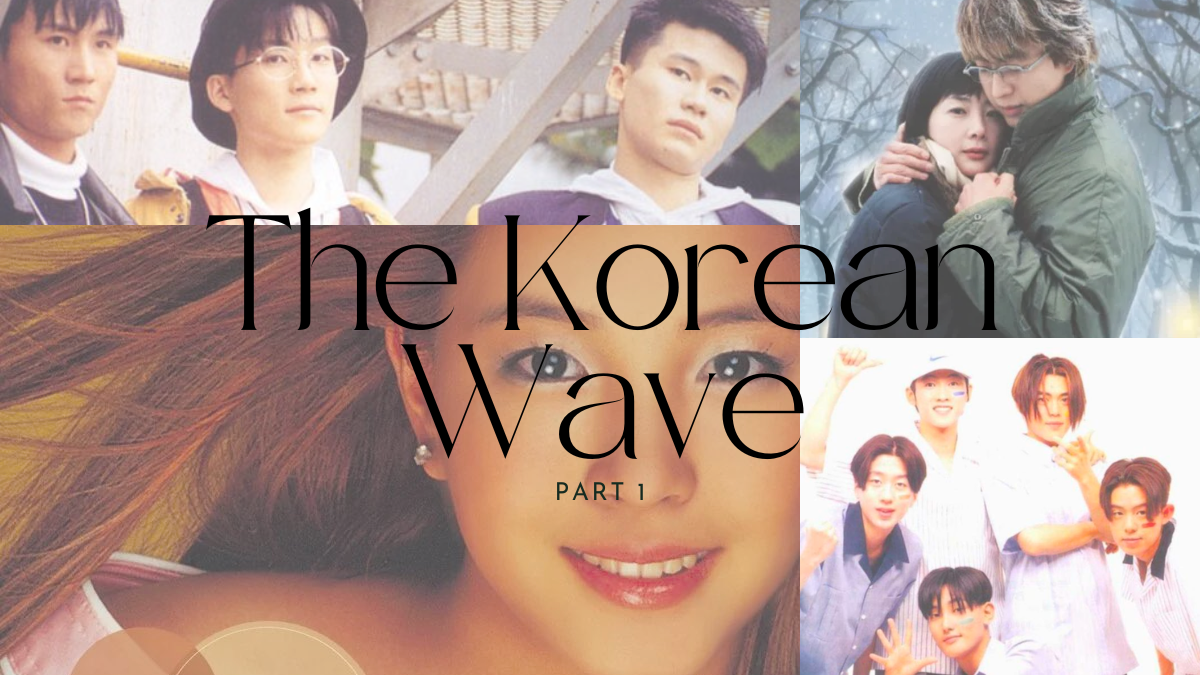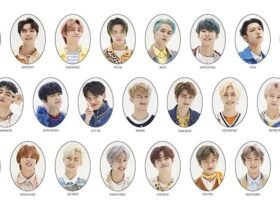No products in the basket.

A decade ago, I stumbled upon the captivating world of K-Drama when I watched an episode of ‘Gentleman’s Dignity’ in 2012. Its unique storytelling, aesthetic appeal, and memorable OST immediately drew me in. While foreign shows were not unfamiliar to me, this particular production sparked a deep fascination with Korean entertainment. Since then, I’ve proudly worn the badge of a dedicated fan.
In my earlier years, I had been an avid consumer of anime, but it was the Korean entertainment scene that truly resonated with me. Along the way, I’ve had the pleasure of connecting with wonderful individuals who share my enthusiasm, be they fellow fangirls or Koreans who found it intriguing that people from around the world were immersing themselves in their national entertainment, grooving to the catchy tunes of K-pop, and following the latest K-drama trends.
K-pop, in particular, has evolved into a global sensation, leaving me curious about how this once-niche genre has achieved such widespread international acclaim. As I embarked on my journey toward a master’s degree, a unique opportunity presented itself. I teamed up with two remarkable companions, and together, we delved into the burgeoning media market of South Korea. Our goal was to uncover how this market’s emergence was intricately connected to a grander plan that had been unfolding for decades.
If you share my curiosity and want to explore how this remarkable transformation has unfolded, read on. You’re in for an enlightening surprise.
Yes, it all started with Jurassic Park
The Korean Wave, which has taken the world by storm, has roots dating back to 1987, a pivotal year in South Korean history marked by significant government reforms. While delving into the historical context is essential for a comprehensive understanding, we’ll keep it concise for now. If you’re interested in a more detailed historical background, you can explore Kim Minsung’s academic journal, “The Growth of South Korean Soft Power and Its Geopolitical Implications,” and Aja Romano’s enlightening article, “How K-pop Became a Global Phenomenon.”
The growth of South Korea’s cultural industries and their remarkable global expansion since the late 1990s can be largely attributed to the unwavering support of the South Korean government. The government initially framed cultural policies as economic strategies, later transitioning them into powerful diplomatic tools.
This transformation began to take shape when the Presidential Advisory Board on Science and Technology advised President Kim Young-sam on the potential of the cultural industry for exports. They highlighted an interesting comparison: during the early ’90s, the Hollywood blockbuster “Jurassic Park” generated revenue equivalent to the export of $1.5 million worth of Hyundai cars overseas. This eye-opening insight ignited the government’s commitment to nurturing the cultural industry.
Subsequently, South Korea’s government introduced a range of policies designed to bolster cultural industries, with a strong focus on export-driven economic strategies. For instance, during the Kim Dae-jung administration in 1998, the Hallyu Industry Support Development Plan was unveiled to elevate the South Korean cultural industry’s value. The government’s investment spoke volumes, with the budget for the cultural industry growing from USD 14 million in 1998 to a staggering USD 84 million in 2001, a sixfold increase. This unwavering support continued under the Roh Moo-hyun administration, which increased subsidies for cultural startups.
In 2010, during the Lee Myung-bak government, a strategic shift occurred. The focus of cultural policies evolved from an economic-centric strategy to one centered on national branding and competitiveness. The concept of “Global Korea” under the Lee administration encompassed economic, political, ideological, and cultural initiatives to shape South Korea’s national identity as “future-oriented, multicultural, and visionary.” The government established the Presidential Council on National Branding for public diplomacy, realigning cultural policies with the concept of soft power.
In addition to policy measures to enhance the cultural industry, the government took strides in branding by guiding domestic Korean companies, including industry giants like Samsung and LG, toward global recognition. Quality, design, marketing, and branding on an international scale became paramount. These efforts rippled through various sectors of the economy, driving an overarching commitment to delivering superior goods to the global market. Simultaneously, the government invested significantly in developing high-tech Internet infrastructure, recognizing the benefits of connecting every Korean citizen to the global world.
This comprehensive approach, blending policy support, branding, and infrastructure development, laid the foundation for the remarkable rise of the Korean Wave, transforming South Korea into a global cultural powerhouse.
The Korean Wave, is a cultural phenomenon that’s captured the world’s attention, and can be divided into three distinct waves, each with its own unique characteristics and global influence. These waves unfolded during different periods, representing the evolution and adaptation of South Korean popular culture as it spread across the globe.
Korean Wave 1.0: The Genesis of Hallyu
From the mid-1990s to the mid-2000s, the first wave of the Korean Wave, often referred to as Hallyu 1.0, marked the initial surge in popularity of South Korean TV dramas and music throughout Asian countries. During this period, several critical developments set the stage for the global Hallyu phenomenon.
The term “Hallyu” made its debut after the successful broadcast of the 1997 Korean drama “What is Love” in China. This drama, aired on China Central Television (CCTV), captured the hearts of Chinese viewers, with a staggering 150 million people tuning in and earning it the second-highest viewership rating for imported content in China. This event ignited the craze for Korean culture, and thus, the term “Hallyu” was born.
The Korean Wave made its mark in Japan in 2003 when the KBS TV drama series “Winter Sonata” was broadcast on NHK, the Japan Broadcasting Corporation. This drama became a sensational hit, turning Nami Island in Chuncheon (the drama’s filming location) into a must-visit destination for Japanese tourists.
The Rise of K-pop and Entertainment Agencies
K-pop’s unique journey began with the performance of the experimental group Seo Taiji and Boys in 1992 when they showcased their single “Nan Arayo” (“I Know”) on a talent show. This marked the start of K-pop culture, combining modern American-style pop music with South Korean culture, setting it on an unprecedented course.
Crucially, the Korean music industry stands apart with its music labels, often referred to as agencies or entertainment companies. These entities not only publish music but also discover, sign, train talents, and control the production and publication of their music. Between 1995 and 1998, three influential entertainment companies emerged, shaping the Korean music industry: SM Entertainment, JYP Entertainment, and YG Entertainment. These agencies played a pivotal role in developing “idol groups,” a concept that remains central to K-pop today.
The first South Korean idol group, H.O.T., was formed in 1996, embodying traits that would define future idol groups – a blend of singing, dancing, rapping, and diverse personalities united through music. Their potential for international stardom was evident when they were selected to perform with Michael Jackson in 1999.
K-pop’s deliberate promotion of multilingual singers such as BoA is indicative of its global appeal. At the young age of 13, she made her public debut in 2000, and over the next few years, she rose to prominence as one of South Korea’s most well-known exports. Her success is proof of the Korean Wave’s brand, which is based on raw talent and international optimism.
These crucial events established the groundwork for the worldwide phenomenon referred to as the Korean Wave. Follow along as we examine the waves that followed and delve further into the ways that South Korean popular culture persevered in attracting global recognition.
Co-Authors:
Claire Tevaseu
Nhi Nguyen // IG: @Nhi.Berry__
What’s your reaction?
Love1
Sad0
Happy0
Angry0
Wink0










Leave a Reply